On a sunny Thursday morning, the river town of Nyaung Shwe is already brimming with activity. Its quay, the main gateway for locals and tourists alike to visit Inle Lake, is thronged by dozens of colorful slender boats. Our boat, conspicuously painted pink and fitted with two small chairs, is steered by a young local man donning a longyi – a piece of cloth worn around the waist as a substitute for trousers. As soon as James and I take our seats, we set off on a day-long excursion to one of Myanmar’s tourism hotspots.
Popularized in the international community by images of its iconic Intha fishermen – known for their unique foot pedaling technique – it is rather unsurprising to see four such fishermen, each wearing traditional outfits and head caps, once the river opens out into the lake. Curiously, none of them seems to be busy fishing – more like posing really – as our boat glides through. I turn my head away from those four men and the majestic view of Inle Lake is presented before my very eyes. In spite of its relatively modest size compared to other lakes in the region, like Cambodia’s Tonlé Sap and Indonesia’s Lake Toba, Inle Lake seems to stretch as far as the eye can see.
As we go deeper into the lake’s center, bucolic scenes unfold, quite a contrast to Nyaung Shwe’s mildly chaotic streets. Fishermen, precariously seated at the very edge of the bow of their boats, slowly paddle through the calm water. Meanwhile, another boat fully loaded with traditional handicrafts darts across the lake. Tourist boats, like ours, go straight to the settlements at the center of the lake. However, there is one particular scene that piques my curiosity the most. Using long poles, men harvest weeds from the deeper parts of the lake. They fill up their boats with mounds of these weeds for a purpose I have yet to discover.
We arrive at the perimeter of the settlement. If Kevin Costner’s Waterworld provides a post-apocalyptic illustration of what Earth might look like when ice from both the north and south poles melts, this settlement at the heart of Inle Lake reminds me of humankind’s resilience and adaptability to nature. We enter what appears to be a vast garden where rows of crops are spread all over the place. This could have been a scene from any fertile tropical land on the planet, except for the waterways crisscrossing the farmland. The crops in fact grow on floating beds made from the weeds gathered from the lake, which together are all anchored by bamboo poles.
We venture deeper into the settlement where it is apparent how well the locals have adapted to a floating lifestyle. While bicycles are kids’ friends in other parts of the world, in this tranquil corner of Myanmar boats play that same role. Stilt houses and businesses are built well above the water to anticipate the seasonal rise and fall of water level. And as every house needs electricity, electric poles have also been erected parallel to the waterways. Being Myanmar, every now and then we spot gilded Buddhist stupas soaring high above the wooden stilt houses.
Our skipper expertly navigates the small boat through a network of waterways and eventually docks at a big house where other tourist boats take a brief stop. That very moment we learn that apparently a boat ride experience in Inle Lake would almost certainly involve multiple visits to some locally-owned workshops. At one of the stops, we watch how exquisite cloths are made from lotus thread. I had no clue that not only can you use lotus for decorating garden ponds as well as food (the lotus root), but you can also make garments from it. Rarely do I feel the urge to shop when I travel, but if I had brought more cash with me to this workshop, I would have bought one piece of beautiful lotus cloth for my mother.
Several hours later on our way back to Nyaung Shwe, after we are seated and ready to go, two women suddenly hop on our boat and sit cross-legged in front of me. Shocked at first, I then realize this is how life is like in a close-knit society where people are used to sharing resources. After a few minutes down a waterway lined with houses, we make a brief stop at a small pier where the women get off. “Kye soo thim ba deh!” they thank us with a big grin.
We dash toward Nyaung Shwe along with other tourist boats, each seeming to have a curved tail of water thanks to the speed. To the west, the sun is slowly setting behind the mountains, giving the lake an ephemeral golden tint. However, as me move further away from the settlement, we come closer to some fishermen who are still busy with their nets. Probably having noticed our penchant for photography by this time, our skipper slows down the boat to allow us to take some final shots of the fishermen before returning to Nyaung Shwe.
Despite being a very popular place for tourists, Inle Lake still is and hopefully will always be that peaceful and magical place the way people remember it. The multitude of workshops – where one can see how boats are made, as well as lotus thread cloths, traditional umbrellas, wood carvings, and silverware – can be overwhelming. But Inle Lake is also a gateway to the partially crumbling ancient ruins of Indein, where fig trees grow atop centuries-old brick stupas and a gilded Buddha is half-buried under a collapsed sanctum. There is always more than meets the eye, and at Inle Lake, there is more than just the lake.

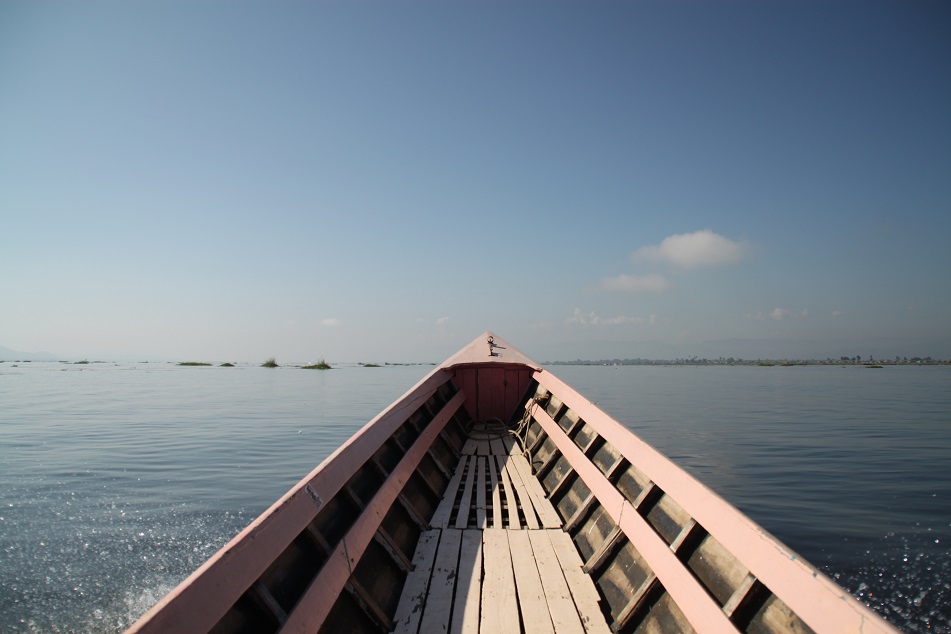

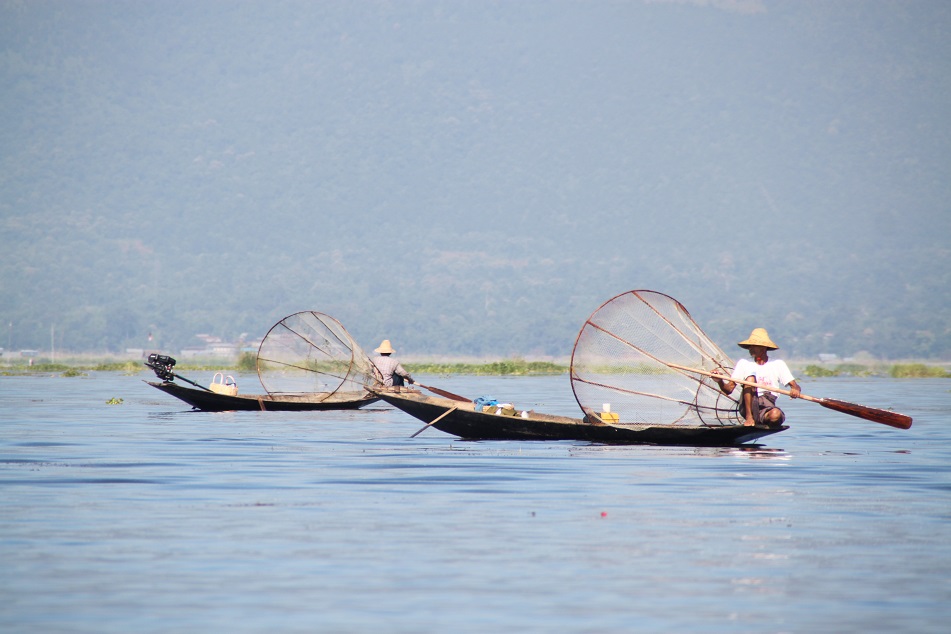

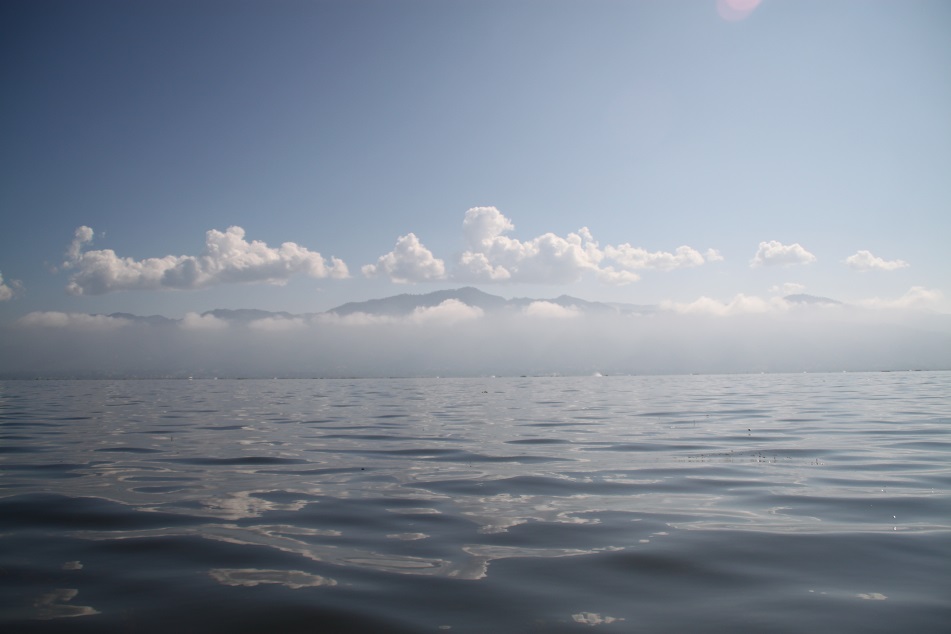

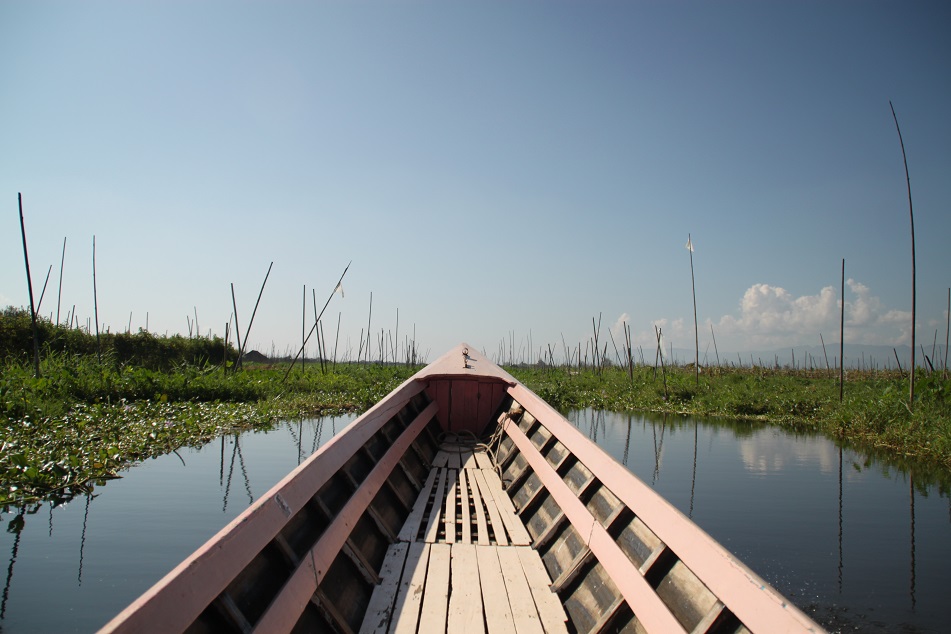

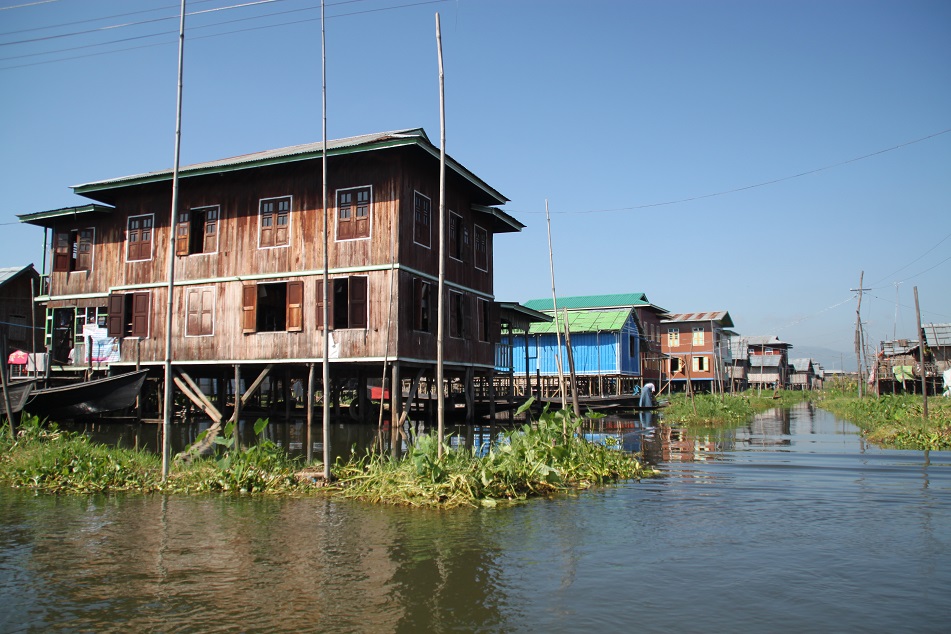

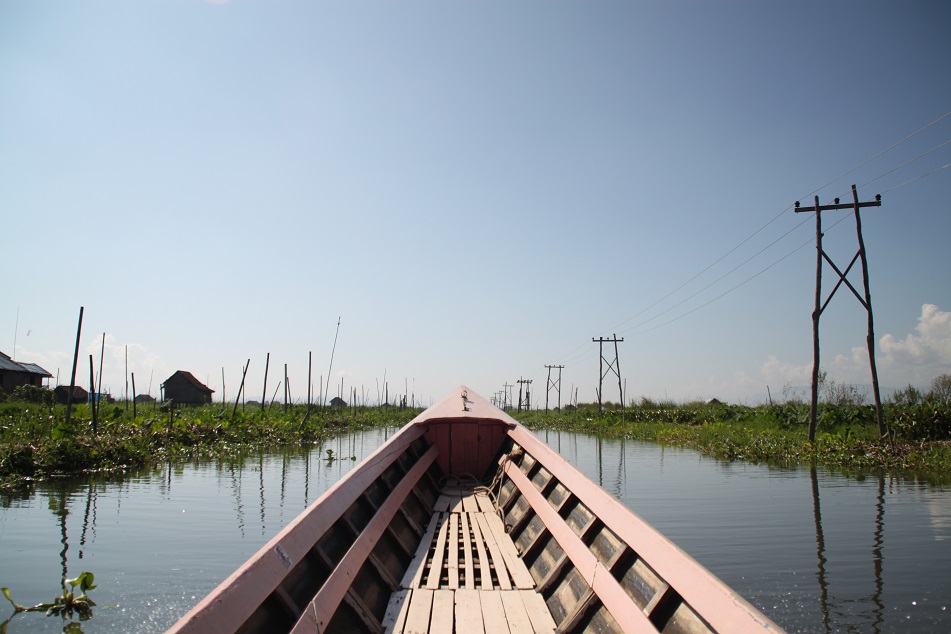




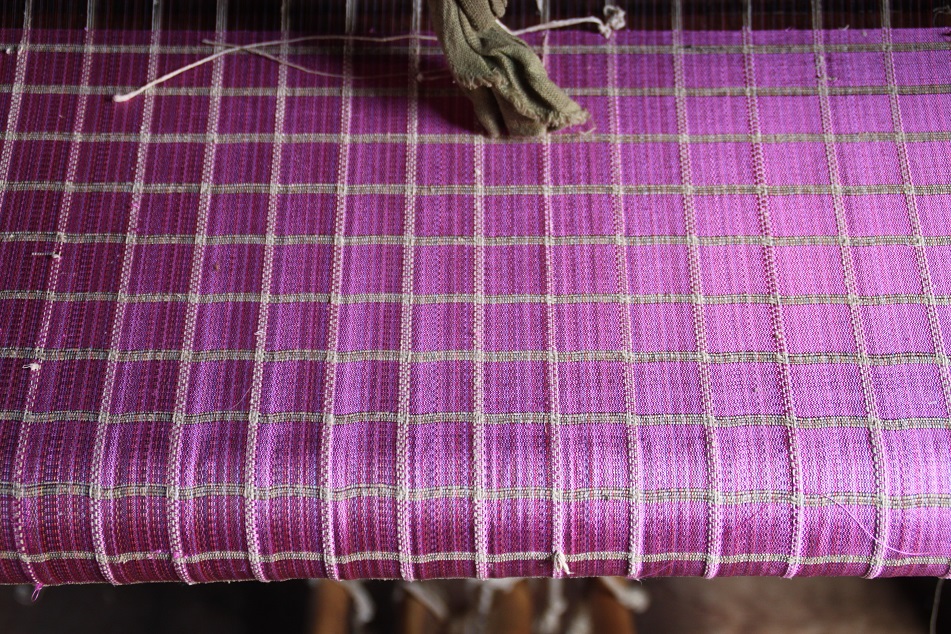


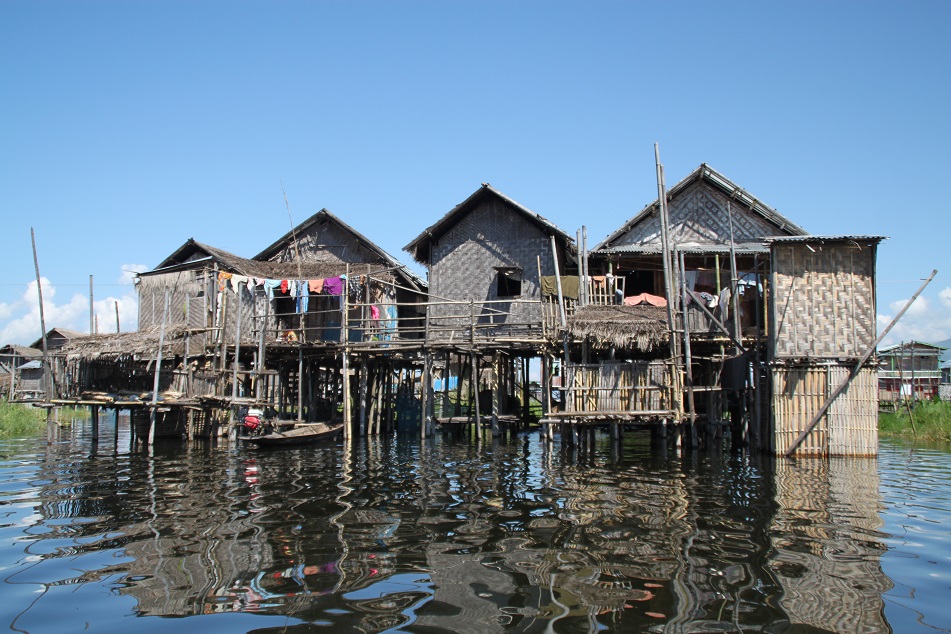


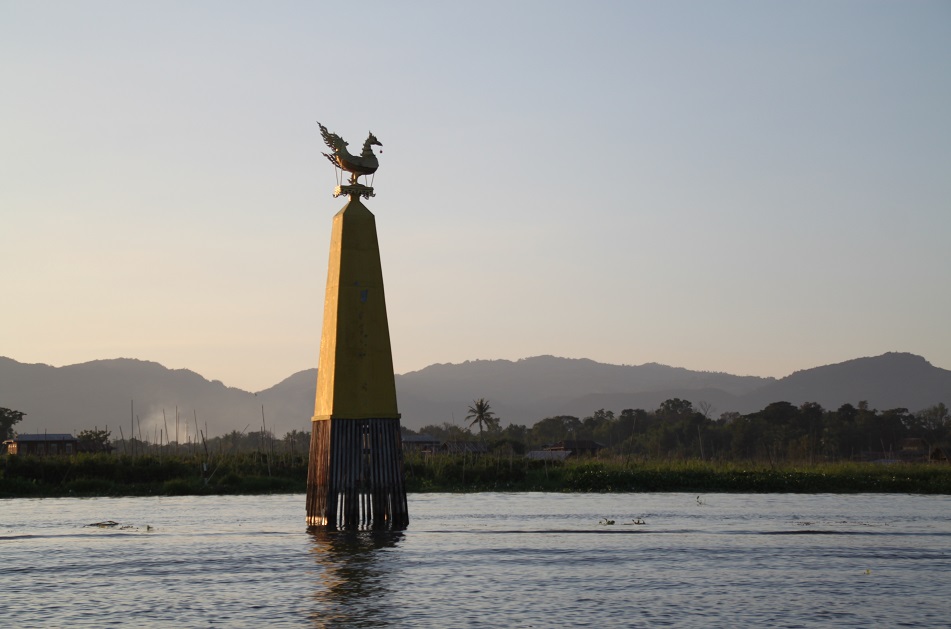
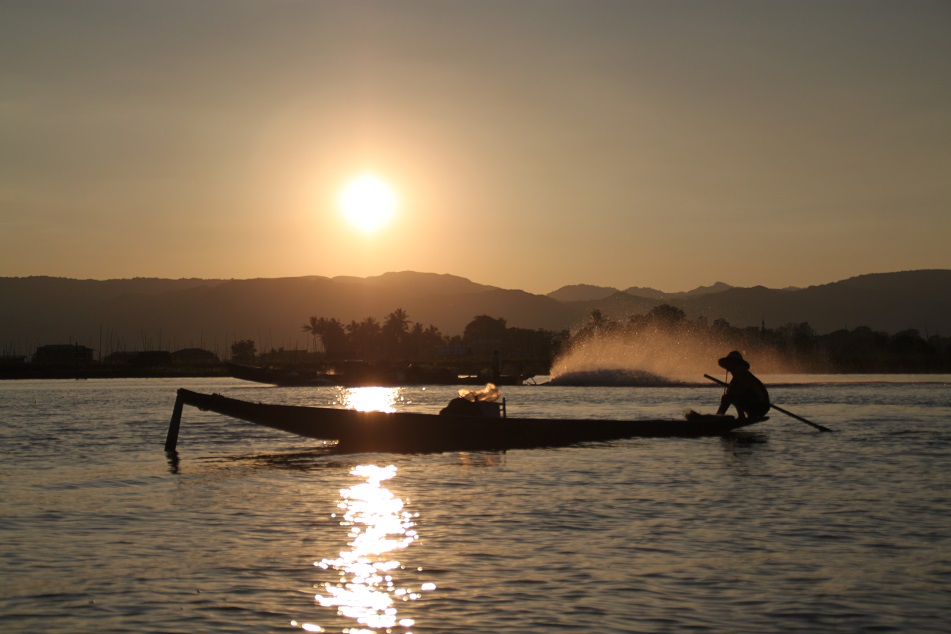



Good article , very fascinating place !
LikeLike
Thanks Yanto. Inle Lake was so beautiful, and a short visit to Indein made the trip even more memorable.
LikeLike
Beautifully captured
LikeLike
Much appreciated, Ruma.
LikeLike
Pingback: Waterworld Called Inle | Rashid's Blog
Beautiful place, beautiful pictures
Happy friendship day 😊
LikeLike
Glad you enjoyed the photos, Abhishek! Inle Lake was more beautiful than I expected. So it is worth visiting should you go to Myanmar one day.
LikeLike
Miss home! Thank you for the lovely shots!
LikeLiked by 1 person
It’s really nice to know that this post made you miss your home. Sometimes I also feel the same when people write about my hometown. Thanks for dropping by!
LikeLiked by 1 person
Nice post! Wonder if they have any problems with rats?
LikeLike
Unless rats in that part of Myanmar could swim across the lake, I think they don’t really cause any trouble to the locals. But I can be wrong as rats are known for being quite intelligent. Thanks for reading!
LikeLike
They might have been harvesting seaweed as I saw people doing in Vietnam
LikeLike
I’m not sure if seaweed can grow in fresh water. But I do wonder if people also use those weeds harvested from the bottom of Inle Lake for other purposes than just providing a base for the floating farmland.
LikeLiked by 2 people
The river I was on in Vietnam was fresh water (in English it’s called Lipstick River because it flows red when it rains in Cambodia). Cultures living in a more natural environment usually use everything for something. Be interesting to find out.
LikeLike
So interesting — both the freshwater seaweed and the Lipstick River. Speaking of using everything for something, that reminds me of how people here use every single part of a coconut tree for different purposes. Nothing is wasted.
LikeLiked by 1 person
Another wonderful post, Bama! Correct me if I am wrong but the boats here are quite small in comparison to the one in Cambodia, right? It seems that the water is much calmer than in the Tongle Sap. I can remember it because got sea sick on a lake (embarrassing) 🙂
LikeLike
Thanks Len! The thing is I haven’t been to Tonle Sap myself. The comparison I make in this post is based on the water surface area of the lake. You know, I get seasick so easily as well. So, since you mentioned it, I think I should skip breakfast when I go to Tonle Sap one day. 🙂
LikeLike
Nice photos! Makes me miss the days when I was at Inle Lake, too. I’d love to go back and explore more there and around Myanmar in general. Thanks for bringing up the good memories!
LikeLike
Thanks Leah! Apart from the number of workshops we went to, it really was a nice trip to the lake. What I loved the most about the day-trip was those floating farmland, stilt houses, and electric poles which seemed to be floating themselves. By far, it is the most impressive and memorable water settlement I’ve ever visited. I’m glad this post also brought up some fond memories of yours as well.
LikeLike
Bama this so reminds me of the floating islands on Lake Titicaca which are made from the reeds of the lake. In that case tourism is becoming quite a force to be reckoned with. Due to pollution from the boats and from the city nearby, the reeds are not as prolific. I wrote an article questioning whether tourism would sink the floating islands. Do you see the potential for similar problems here?
LikeLike
Sue, Inle Lake itself is not immensely vast. So to think of how mass tourism might one day pose a threat to the livelihood and lifestyle of the local residents is quite sad actually. However, throughout my trip I didn’t sense any palpable degradation to the lake’s environment. But then you can only observe so much in such a relatively short amount of time, really. Thanks for your intriguing thoughts! I will do a little research about this probably later this week.
LikeLiked by 1 person
Great to hear that the impact has not been felt yet. Hopefully it will continue that way Bama.
LikeLike
We all certainly hope so.
LikeLiked by 1 person
Splendid place, and beautiful shots!
LikeLike
Merci! Glad you enjoyed the photos of this beautiful part of Myanmar.
LikeLike
Fascinating and beautiful images.
LikeLike
Thanks! Luckily the weather was quite nice that day which made the lake even more mesmerizing.
LikeLike
What a lovely post Bama, with beautiful photos. It brought back many wonderful memories for me. Inle Lake is one of my favourite of all the places we’ve visited.
Alison
LikeLike
Thanks Alison. I’m glad James read your posts on Inle Lake prior to our trip to Myanmar. He was the one who suggested going to the lake and staying in Nyaung Shwe for a couple of days. Truly one of the most beautiful lakes I’ve ever visited so far!
LikeLiked by 1 person
I’m on the road for 3 weeks so this will be short! When I was a little kid (and a big swimmer), I used to dream I lived in a world where the roads were waterways and I could boat or swim everywhere. This place almost mirrors the world of my youthful imagination!
LikeLike
Whoa, so exciting! I just looked up your blog to see what I’ve been missing. Apparently Central Europe it is! Lex, if you go to Myanmar one day, Inle Lake is a place you shouldn’t miss. I never imagined living in a waterworld like this, but when I was there, slowly gliding through the calm waterways around those stilt houses, I couldn’t help but mesmerized by the settlement and the local lifestyle. Go there and live your imagination! In the meantime, enjoy Central Europe!
LikeLiked by 1 person
Thanks, Bama … I am actually a bit over a month away from the European road trip and am instead doing a 3500-mile loop in the US right now! 🙂
LikeLike
Wait, for some reason I was thinking it was September now. 😀 But your current road trip sounds equally fascinating! Did that two years ago acrosd Java and can’t wait to do that again some time in the future. Have a great trip!
LikeLiked by 1 person
Bama, you took me back to one of the more magical places I’ve been. All of Myanmar astounded me, and the life on Inle Lake was something I did not expect and you covered it so well with both your words and photos. Such peace and wonder to be found there, and you brought it out with this post.
LikeLike
I myself was surprised to find such beauty in the heart of Myanmar. I came with a modest expectation, and I was pleasantly surprised that Inle Lake exceeded that. I had seen images of the lake and the local people’s lives prior to my trip, but I ended up genuinely mesmerized by everything I saw. Thanks for reading, Randall! And it’s good to have you back.
LikeLike
Agree, Myanmar was simply incredible. I came to Inle Lake with slightly raised expectations, and was still blown away with so many different aspects of life on the lake. Great post again 🙂
LikeLike
Hopefully Myanmar can manage their nascent tourism industry really well, so places like Inle Lake won’t lose its charm and character for generations to come. Thanks again, Randall!
LikeLike
Aku selalu bertanya-tanya, bagaimana mereka menjaga keseimbangan dengan satu kaki di ujung perahu (benar-benar ujung) dan satu kaki lainnya di atas air.
Pretty, serene, tapi kayaknya aku akan ketakutan sepanjang perjalanan. Naik perahu di Sungai Kapuas aja aku nggak berani bergerak dan terus pegangan sama kedua dinding rendah perahu, hahha
LikeLike
Sebuah contoh bagaimana manusia dapat beradaptasi dengan lingkungannya sehingga tidak hanya bisa bertahan hidup, tapi juga berkembang layaknya manusia lain di muka bumi ini. Soal perahu di Kapuas, saya sih belum pernah. Tapi yang saya lumayan ngeri-ngeri sedap itu waktu naik perahu kecil ke Pulau Kemaro di Sungai Musi. Sepanjang perjalanan berusaha mengalihkan pikiran gimana kalau perahunya tiba-tiba oleng, soalnya kecil banget. Tapi tenang, yang di Inle Lake perahunya terasa stabil kok. Jadi meskipun dalam kecepatan agak tinggi pun masih berasa aman. 🙂
LikeLiked by 1 person
Nah, sama kayak di Musi itu mas. Paling horor adalah momen berputar melawan arus. God, ini kalo oleng gimana? Hahahaha
LikeLike
Satu-satunya cara pasrah aja dan mencoba mengalihkan pikiran ke hal lain, hehe..
LikeLiked by 1 person
Although I had mixed feelings about that day on the lake – especially the parts when it turned into a sort of shopping trip (to look at things we didn’t actually need) – it was still a truly memorable experience. Inle Lake is unlike any other place I’ve been to so far… I was just amazed by the stilted villages and floating farmland, not to mention the lines of wooden electricity poles stretching off into the distance! A lovely post, Bama, and a reminder that I should upload my own photos sometime soon.
LikeLike
My fear is that the shopping thing is only the beginning of further commercialization of the lake. The local government and the people need to learn from their Southeast Asian neighbors about how to manage a sustainable tourism industry and the consequences if they fail to do so. Nevertheless, Inle Lake really was a fascinating place, so thanks for convincing me to go there! Thanks James. Look forward to reading your own post on Inle Lake!
LikeLike
Aah, your wonderful gallery makes me dream of returning Bama! We seriously considered skipping Inle Lake, but am so glad we did go in the end. Our three nights on the lake were certainly a highlight.
LikeLike
Isn’t Inle Lake magical? I came to this part of Myanmar without any expectation, and I was pleasantly surprised by how much the lake area had to offer. Exploring the water village was certainly among the highlights of our two-week trip across the country.
LikeLiked by 1 person
Pingback: When Will We Turn the Corner? | One Foot Out the Door
Beautiful post. We’ve just finished our travels there and it was magical indeed.
LikeLike
Thank you, Lisa. Inle Lake is indeed one of those places that left deep impressions to those who went.
LikeLiked by 1 person
Interesting that I saw the same things as you but in totally different light. The first half of the day it rained so hard that I could not take out my camera. Later in the day I got intensely atmospheric shots with raindrops falling on lotus farms, and so on. Your photos of the same places look totally different!
LikeLike
That reminds me of the photos of Sigiriya in Sri Lanka taken by another blogger on a rainy day. The ancient site actually looks very enchanting in her photos, and there’s this mysterious atmosphere as the entire site appears to be deserted when she was there. It’s photography anyway, literally painting with lights, and how the lights turn out that day determines the mood of the photos. Thanks for sharing your experience!
LikeLiked by 1 person
Reblogged this on From 1 Blogger 2 Another.
LikeLike
Inle seems to be a fantasy land. Beautiful pictures.
LikeLike
I hope it will retain its charm for many years to come. Mass tourism will undoubtedly put a lot of pressure to this part of Myanmar.
LikeLiked by 1 person
Pingback: A Short Escape to Ambarawa | What an Amazing World!